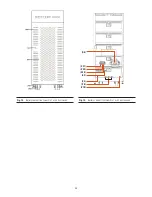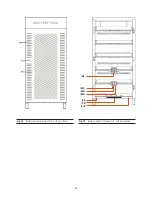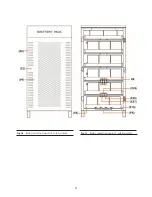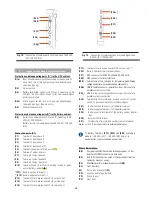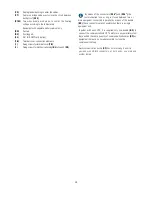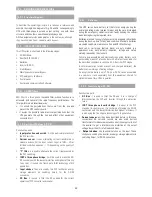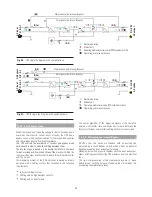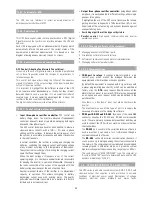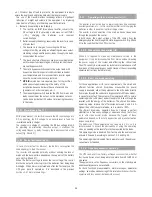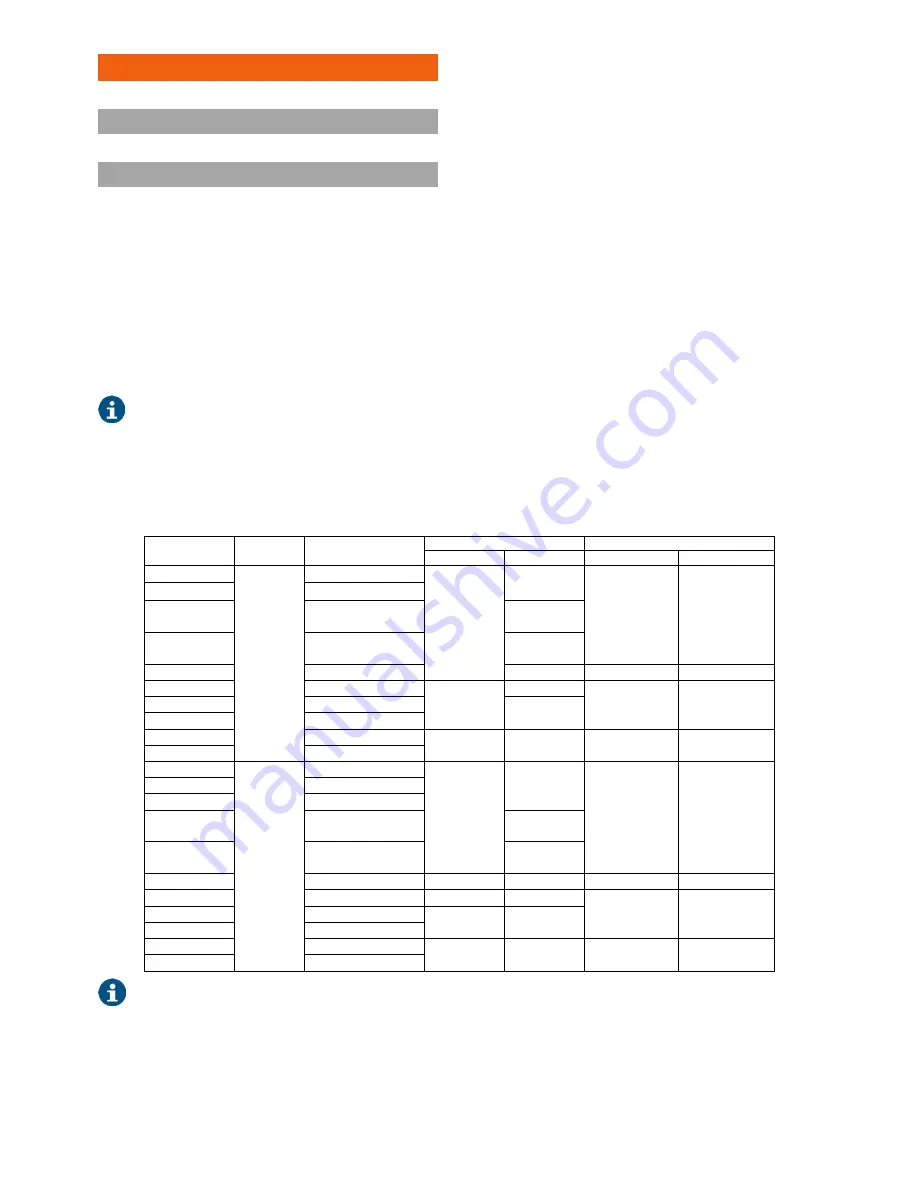
8
4. PRESENTATION.
4.1. VIEWS.
4.1.1. Views of the equipment.
F
igures 1 to 20 show the illustrations of the equipment according to
different models, nominal operating voltages and input-output settings,
which are summarized in Chart 1.
Format of protections and size of the terminals shown in the figures
of this document always correspond to the highest power rate model
manufactured in that cabinet, at the same power supply voltage and
input-output setting.
Nevertheless by constant evolution of the products, some
discrepancies or small contradictions might arise. So, if any questions,
the labels on the equipment will prevail.
Each equipment model corresponds to one power rate,
voltage, frequency and input and output currents. All values
of these features can be checked in the nameplate, located
at the back of the front door
(PF)
, and act in your installation
accordingly.
In the description of this manual, there are references to «LV» (Low
voltage) and «HV» (High voltage) abbreviations, described in the
nomenclature of the model with an «A» for «LV» and omitted «HV»,
grouping the following interval of voltages:
• LV.- 3x200 to 3x230 V (115 to 133 V in single phase).
• HV.- 3x380 to 3x415 V (220 to 240 V in single phase).
These abbreviations do not have any other purpose but matching
and/or helping to give a better comprehension of the detailed
information in this document and even they are not shown either in
the nomenclature, or in the reference of the nameplate model.
All models can operate as single units or connected in parallel with
other equipment of the same family because the necessary
electronic kit is included.
Connection in parallel can be done at any time when the upgrading
requirements are needed to increase the supplied power of the
equipment or in order to have redundant operating systems for
installations with higher safety.
Do not connect
UPS
equipment of different features versions,
settings, back up times or duplicated addresses (i.e.: two equipment,
although they are identical, coming from two parallel systems and
with the same address) in parallel.
In any parallel system only one and different address is assigned to
each equipment that makes the system.
Model.
Voltage (V)
Power (kVA / kW)
Fig. no. Front UPS cabinet
Fig. no. Front battery cabinet
Door closed
Door opened
Door closed
Door opened
UPS-7.5
«LV»
3x200.
3x230 V
(115. 133 V
in single
phase)
7.5 / 6.75
1
(*)
1 for (-B)
6
(*)
8 for (-B)
15
(Battery cabinet
for extended
back up time
models only)
16
(Battery cabinet
for extended
back up time
models only)
UPS-10
10 / 9
UPS-15
15 / 13,5
6
(*)
9 for (-B)
UPS-20
20 / 18
6
(*)
10for (-B)
UPS-30
30 / 27
7
15
16
UPS-40
40 / 36
2
11
17
18
UPS-50
50 / 45
12
UPS-60
60 / 54
UPS-80
80 / 72
3
13
19
20
UPS-100
100 / 90
UPS-10
«HV»
3x380.
3x415 V
(220. 240 V
in single
phase)
10 / 9
1
(*)
1 for (-B)
6
(*)
8 for (-B)
15
(Battery cabinet
for extended
back up time
models only)
16
(Battery cabinet
for extended
back up time
models only)
UPS-15
15 / 13.5
UPS-20
20 / 18
UPS-30
30 / 27
6
(*)
9 for (-B)
UPS-40
40 / 36
6
(*)
10for (-B)
UPS-60
60 / 54
1
7
15
16
UPS-80
80 / 72
2
11
17
18
UPS-100
100 / 90
2
12
UPS-120
120 / 108
UPS-160
160 / 144
4
13
19
20
UPS-200
200 / 180
(*)
T
he equipment with separate static Bypass line (-B), are supplied in the same cabinet as basic models, less those ones stated in this
chart with other No of Fig..
Table 1.
Reference relation among models and illustration.

















